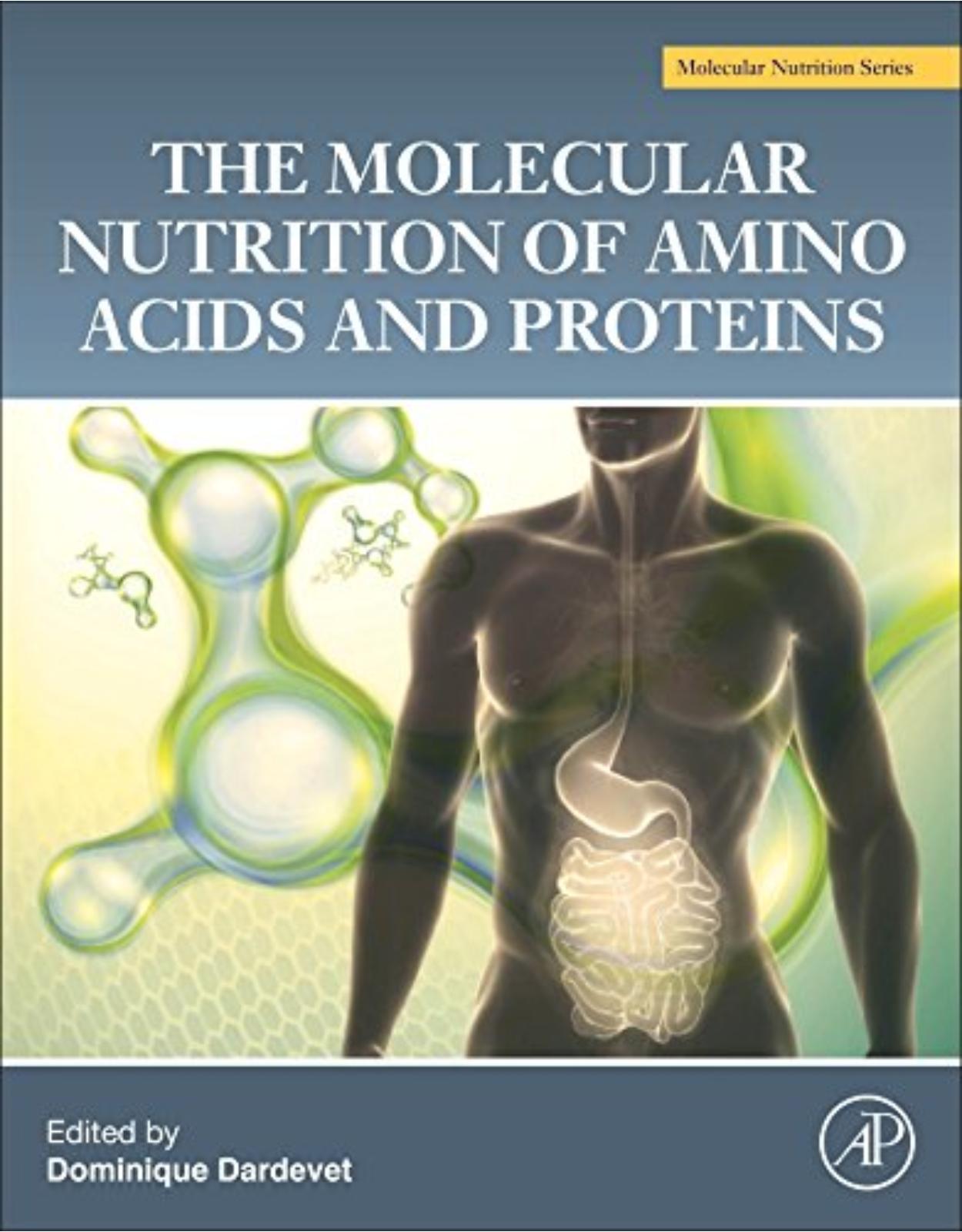
The Molecular Nutrition of Amino Acids and Proteins: A Volume in the Molecular Nutrition Series
Livrare gratis la comenzi peste 500 RON. Pentru celelalte comenzi livrarea este 20 RON.
Disponibilitate: La comanda in aproximativ 4 saptamani
Autor: Dominique Dardevet
Editura: Elsevier
Limba: Engleza
Nr. pagini: 368
Coperta: Paperback
Dimensiuni: 21.59 x 2.11 x 27.61 cm
An aparitie: 9 Jun. 2016
|
Features: |
||
|
Provides a gentle introduction to the subject by first addressing nutritional information and then building in molecular aspects, clearly establishing fundamental information for the reader Facilitates reader comprehension by including succinct summary points in each chapter Contains a glossary of definitions that allows readers to easily reference terms Provides both a deep and broad understanding of the subject by containing overviews as well as detail-focused chapters. |
||
|
|
||
|
List of Contributors Preface Section I: General and Introductory Aspects Chapter 1. Bioactive Peptides Derived From Food Proteins Abstract 1.1 Physiological Effects of Food-Derived Peptides 1.2 In Vivo Evidence of Food-Derived Peptide Effects 1.3 Bioactive Peptides Released During Digestion 1.4 Peptide Bioavailability 1.5 Conclusion References Chapter 2. Protein Intake Throughout Life and Current Dietary Recommendations Abstract 2.1 Introduction 2.2 Current Estimates for Protein and Amino Acid Requirements Throughout Life 2.3 Theoretical and Practical Limitations and Uncertainties 2.4 Evidence for Defining Requirements Based on Meals Rather Than an Average Daily Intake in Older People 2.5 Toward Other Criteria to Define Requirements, Using Health-Related Parameters? 2.6 Current Dietary Intake of Protein and Amino Acids 2.7 Conclusion and Perspectives References Chapter 3. Cellular Mechanisms of Protein Degradation Among Tissues Abstract 3.1 Introduction 3.2 Proteolytic Systems 3.3 Skeletal Muscle Proteolysis 3.4 Proteolysis in Viscera 3.5 Concluding Remarks Acknowledgments References Chapter 4. Cellular and Molecular Mechanisms of Protein Synthesis Among Tissues Abstract 4.1 Introduction 4.2 Cellular and Molecular Regulation of Hypertrophy 4.3 Myogenesis: The Development and Regeneration of Muscle 4.4 Applied Implications of Protein Synthesis In Vivo 4.5 Conclusions and Summary of Key Points Disclosures References Chapter 5. Role of Amino Acid Transporters in Protein Metabolism Abstract 5.1 Amino Acid Transporters: Structure and Molecular Function 5.2 AA Transporters and Cellular Function 5.3 AA Transporters in Whole-Body Nutrition 5.4 AA Transporters in Mammalian Embryonic Development and Growth 5.5 AA Transporters and the Immune Response 5.6 AA and Peptide Transporters as Therapeutic Targets Acknowledgment References Section II: Cellular Aspects of Protein and Amino Acids Metabolism in Anabolic and Catabolic Situations Chapter 6. Amino Acids and Exercise: Molecular and Cellular Aspects Abstract 6.1 Introduction 6.2 Regulation of the Size of Human Muscle Mass 6.3 Exercise Mode 6.4 Protein Type 6.5 Dose Response of MPS to Protein Ingestion Following Resistance Exercise 6.6 Timing and Distribution 6.7 The Influence of the Aging Process 6.8 The Role of the Essential and Branched-Chain Amino Acids 6.9 The Mechanistic Target of Rapamycin Complex 1 (mTORC1) 6.10 Resistance Exercise, Amino Acids, and mTORC1 6.11 Future Directions 6.12 Conclusion References Chapter 7. Protein Metabolism in the Elderly: Molecular and Cellular Aspects Abstract 7.1 Aging and Sarcopenia 7.2 Protein Metabolism in the Aging Body 7.3 Age-Related Changes in Nutrient Sensitivity 7.4 Regulation of mTOR Signaling in Aging 7.5 The Role of Physical Activity During Aging 7.6 Aging and Changes in Endocrine Function 7.7 Molecular Dysregulation of Protein Metabolism During Aging References Chapter 8. Specificity of Amino Acids and Protein Metabolism in Obesity Abstract 8.1 Introduction: Fat-Free Mass in Obesity 8.2 Insulin Resistance and Protein Metabolism 8.3 Lipotoxicity and Muscle Protein Metabolism 8.4 Role of Adipose and Muscular Cytokines in the Cross-Talk Between Muscle and Adipose Tissue 8.5 Sarcopenic Obesity and Metabolic Impairments 8.6 BCAA Levels and Metabolism in Obesity 8.7 Conclusion References Chapter 9. Feeding Modulation of Amino Acid Utilization: Role of Insulin and Amino Acids in Skeletal Muscle Abstract 9.1 Overview of the Metabolic Role of Skeletal Muscle and as an Amino Acid Repository 9.2 Impact of Splanchnic Extraction and Source of Dietary Amino Acid on Bioavailability and Muscle Protein Synthesis 9.3 Influence of Amino Acid, Macronutrient Composition, and Caloric Load on Muscle Protein Synthesis 9.4 Effects of Dose and Delivery Profile of Amino Acid on the Feeding-Induced Stimulation of Muscle Protein Synthesis 9.5 Influence of Microvascular Responses to Feeding in Relation to Muscle Protein Synthesis 9.6 The Role of Insulin in Regulating Muscle Protein Turnover 9.7 The Molecular Regulation of Skeletal Muscle Protein Synthesis and Muscle Protein Breakdown by Amino Acid and Insulin 9.8 Conclusions References Chapter 10. Protein Metabolism and Requirement in Intensive Care Units and Septic Patients Abstract 10.1 Introduction 10.2 Protein Metabolism in the Critically Ill Patient 10.3 Protein Requirement of Critically Ill Patients: Mechanistic Studies 10.4 Protein Requirements of Critically Ill Patients: Outcome-Based Studies 10.5 Application in Clinical Practice 10.6 Protein–Energy Ratio 10.7 Conclusion References Chapter 11. Muscle Protein Kinetics in Cancer Cachexia Abstract 11.1 Introduction: Muscle Wasting as the Main Feature of Cancer Cachexia 11.2 Control of Skeletal Mass in Healthy Conditions 11.3 Anabolic Signals 11.4 Inflammation and Muscle Protein Degradation 11.5 Cross-Talk Between Anabolic and Catabolic Mediators 11.6 Therapeutic Approaches to Influence Protein Kinetics 11.7 Conclusions and Future Directions References Chapter 12. Amino Acid and Protein Metabolism in Pulmonary Diseases and Nutritional Abnormalities: A Special Focus on Chronic Obstructive Pulmonary Disease Abstract 12.1 Introduction 12.2 Epidemiology and Definition of Nutritional Abnormalities in Chronic Respiratory Patients 12.3 Diagnosis of Nutritional Abnormalities in Patients 12.4 Etiologic Factors and Biological Mechanisms Involved in the Nutritional Abnormalities of Patients With Chronic Respiratory Conditions: COPD as the Paradigm 12.5 Protein Metabolism, Muscles, and Exercise in Humans 12.6 Potential Therapeutic Targets of Nutritional Abnormalities in Chronic Respiratory Patients 12.7 Other Chronic Respiratory Conditions 12.8 Conclusions and Future Perspectives References Chapter 13. Amino Acids, Protein, and the Gastrointestinal Tract Abstract 13.1 Introduction 13.2 Gastrointestinal Amino Acid and Protein Metabolism in Health 13.3 The First-Pass Effect of a Bolus Meal 13.4 Gastrointestinal Amino Acid and Protein Metabolism in Stress Conditions 13.5 The Production of a Substrate Mix to Support Host Response in Stress 13.6 Protein Metabolism in Stress Starvation 13.7 Substrate Metabolism in Stress Starvation to Spare Protein 13.8 The Role of Individual Amino Acids in the Gastrointestinal Tract 13.9 The Role of the Intestine in Bile Salt and Amino Acid Metabolism 13.10 Role of the Intestine in Amino Acid Metabolism in Liver Failure References Chapter 14. Regulation of Macroautophagy by Nutrients and Metabolites Abstract 14.1 Introduction 14.2 Overview of the Autophagic Pathway 14.3 The Nutrient Code of Autophagy 14.4 Metabolites and Autophagy 14.5 Conclusion Acknowledgments References Section III: Cellular and Molecular Actions of Amino Acids in non Protein Metabolism Chapter 15. Dietary Protein and Colonic Microbiota: Molecular Aspects Abstract 15.1 Introduction 15.2 Conclusion References Chapter 16. Control of Food Intake by Dietary Amino Acids and Proteins: Molecular and Cellular Aspects Abstract 16.1 Introduction 16.2 The Effect of Protein Intake and Overall Energy Intake on Body Weight and Body Composition 16.3 Detection of Protein and Amino Acids During Digestion and Control of Food Intake by Feedback Signaling 16.4 Protein-Induced Reduction in Eating and Central Neuronal Pathways 16.5 Conclusion Acknowledgments References Chapter 17. Dietary Protein and Hepatic Glucose Production Abstract 17.1 Introduction 17.2 Amino Acids as Glucose Precursors and Effect of Protein Intake 17.3 Insulin and Glucagon Mediated Effects of Amino Acids and Proteins on Glucose Production 17.4 Protein Meal and Hepatic Glucose Production 17.5 High Protein Diet and Hepatic Glucose Production 17.6 Conclusion References Chapter 18. Impact of Dietary Proteins on Energy Balance, Insulin Sensitivity and Glucose Homeostasis: From Proteins to Peptides to Amino Acids Abstract 18.1 Introduction 18.2 Conclusion References Chapter 19. Sulfur Amino Acids Metabolism From Protein Synthesis to Glutathione Abstract 19.1 Introduction 19.2 Functions of the SAAs 19.3 Physiological Aspects of SAA Metabolism 19.4 Nutritional Aspects of SAA Metabolism 19.5 SAA Requirement 19.6 Glutathione 19.7 Conclusions References Section IV: Dietary Amino Acid and Protein on Gene Expression Chapter 20. Adaptation to Amino Acid Availability: Role of GCN2 in the Regulation of Physiological Functions and in Pathological Disorders Abstract 20.1 Introduction 20.2 The GCN2-EIF2α Pathway 20.3 Control of Physiological Functions by GCN2 20.4 Involvement of GCN2 in Pathology 20.5 Conclusion References Chapter 21. Amino Acid-Related Diseases Abstract 21.1 Introduction 21.2 Disorder of Phenylalanine and Tyrosine Metabolism (Phenylketonuria, Hyperphenylalaninemia, Tyrosinemia Type 1) 21.3 Urea Cycle Disorders/Hyperammonemias 21.4 Disorders of Branched-Chain Amino Acid Metabolism (Maple Syrup Urine Disease, Isovaleric Acidemia, Propionic Acidemia, Methylmalonic Acidemia) 21.5 Classical Homocystinuria (HCU) 21.6 Miscellaneous References Chapter 22. Genes in Skeletal Muscle Remodeling and Impact of Feeding: Molecular and Cellular Aspects Abstract 22.1 Cellular Events Involved in Skeletal Muscle Remodeling 22.2 Molecular Pathways Involved in Skeletal Muscle Remodeling 22.3 Effects of Feeding on Skeletal Muscle Remodeling References Chapter 23. Brain Amino Acid Sensing: The Use of a Rodent Model of Protein-Malnutrition, Lysine Deficiency Abstract 23.1 Introduction 23.2 Brain Essential AA Sensing: The Case of the Rodent Model of Lysine Deficiency 23.3 Brain Functional Changes Elicited by Intragastric Stimulation by Nutrients, Glucose, Glutamate, and Sodium Chloride 23.4 Glutamate Signaling in the Gut Triggers Diet-Induced Thermogenesis and Aids in the Prevention of Obesity 23.5 Conclusion Acknowledgments References |
||
| An aparitie | 9 Jun. 2016 |
| Autor | Dominique Dardevet |
| Dimensiuni | 21.59 x 2.11 x 27.61 cm |
| Editura | Elsevier |
| Format | Paperback |
| ISBN | 9780128021675 |
| Limba | Engleza |
| Nr pag | 368 |
-
1,59800 lei 1,42700 lei

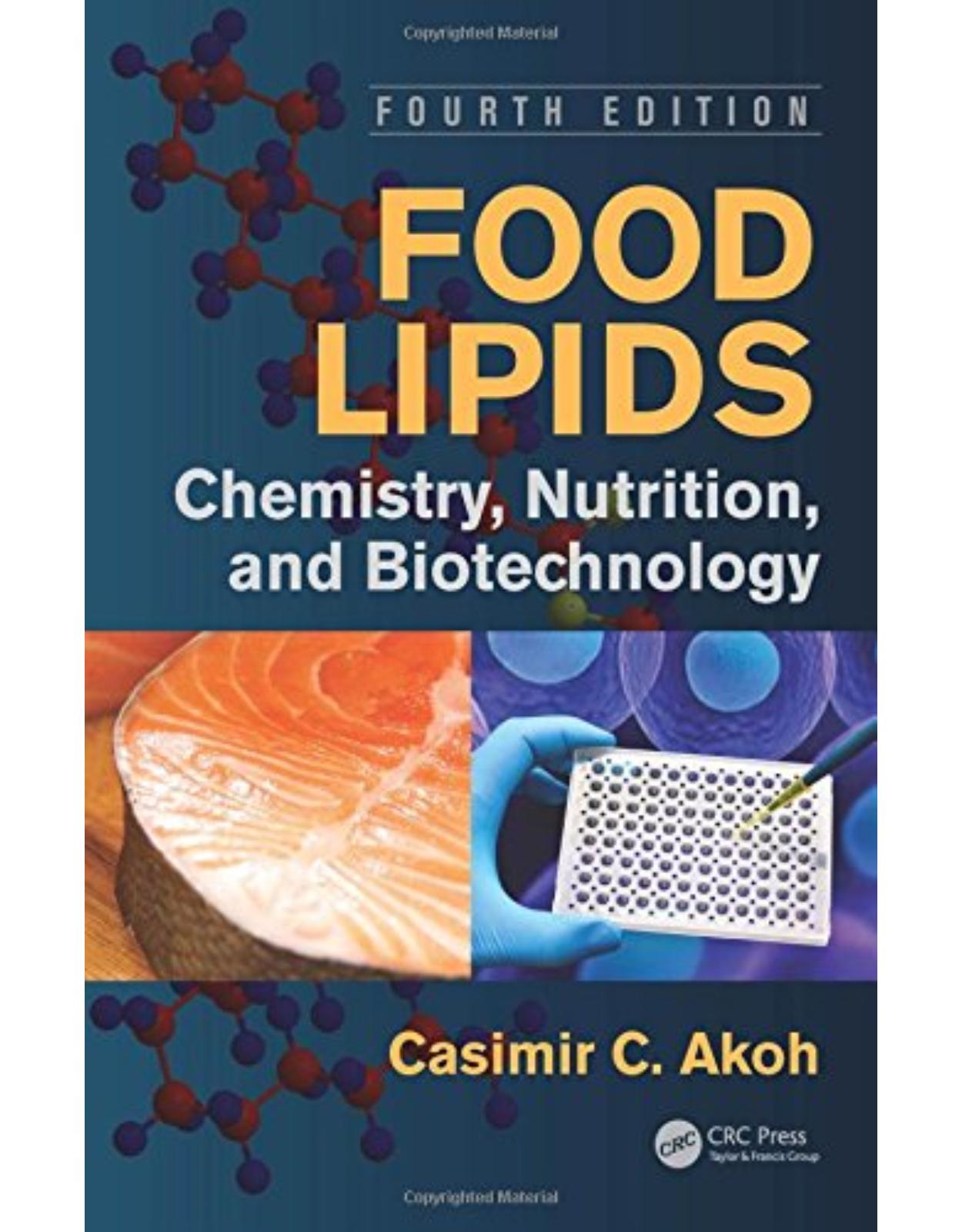
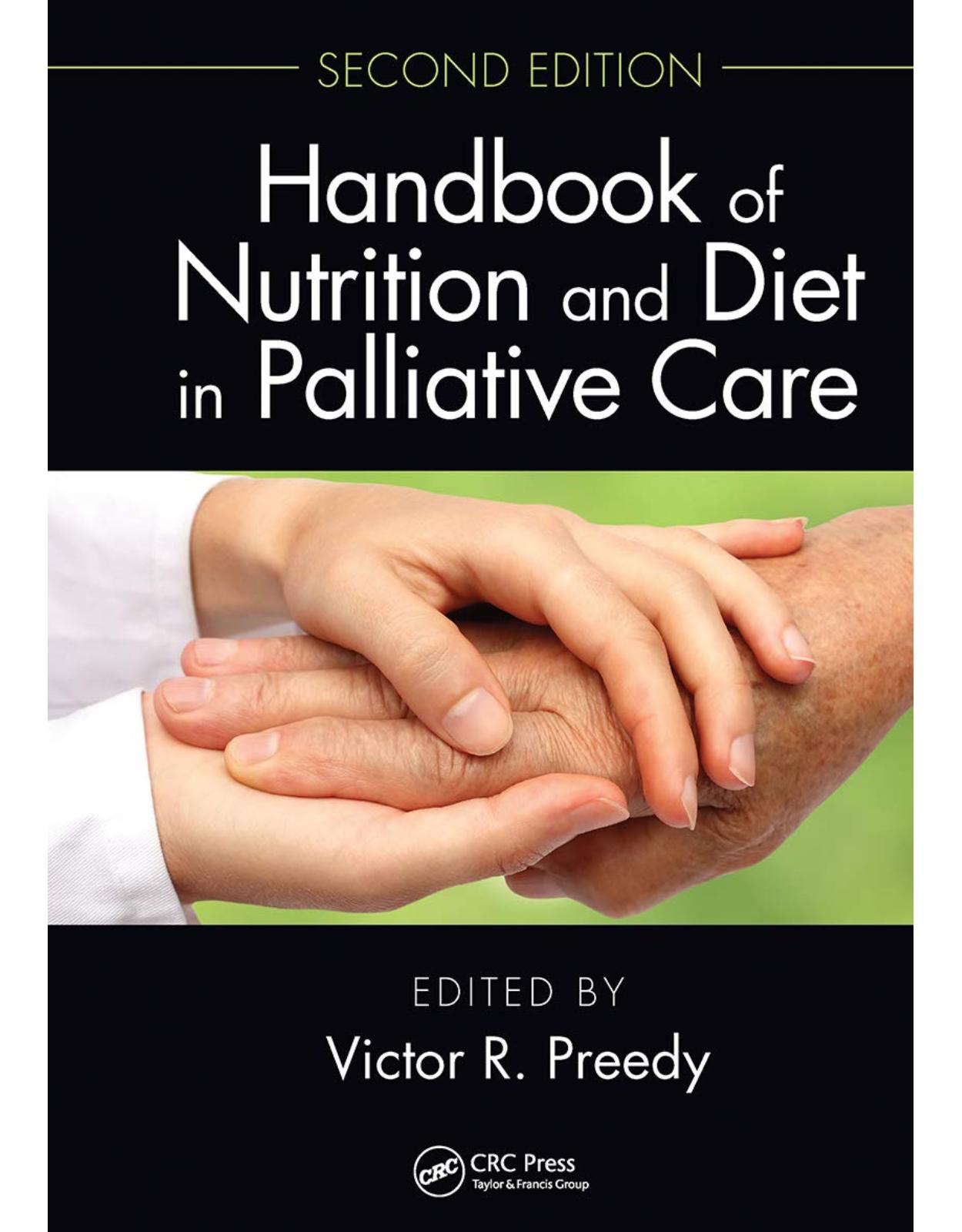
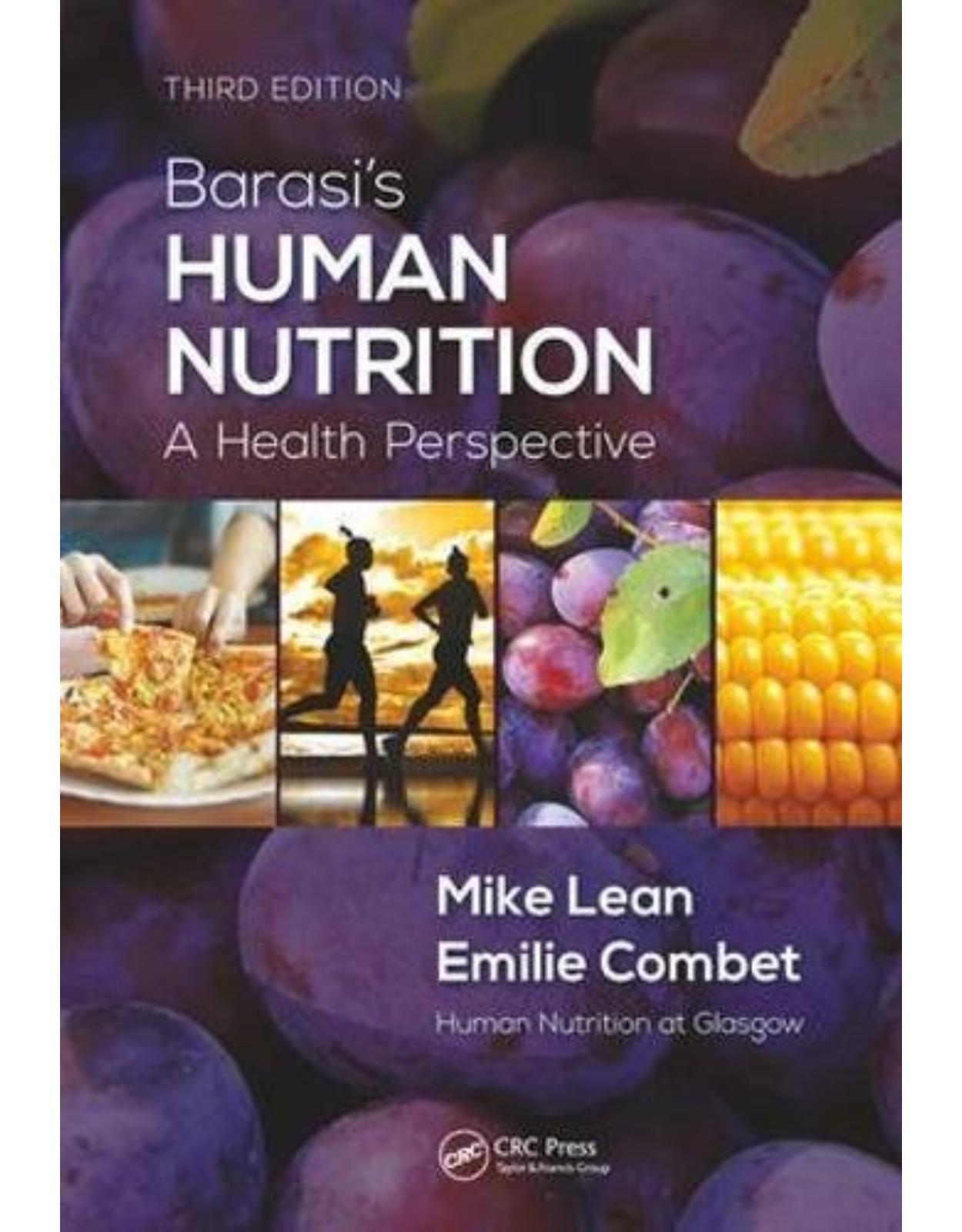
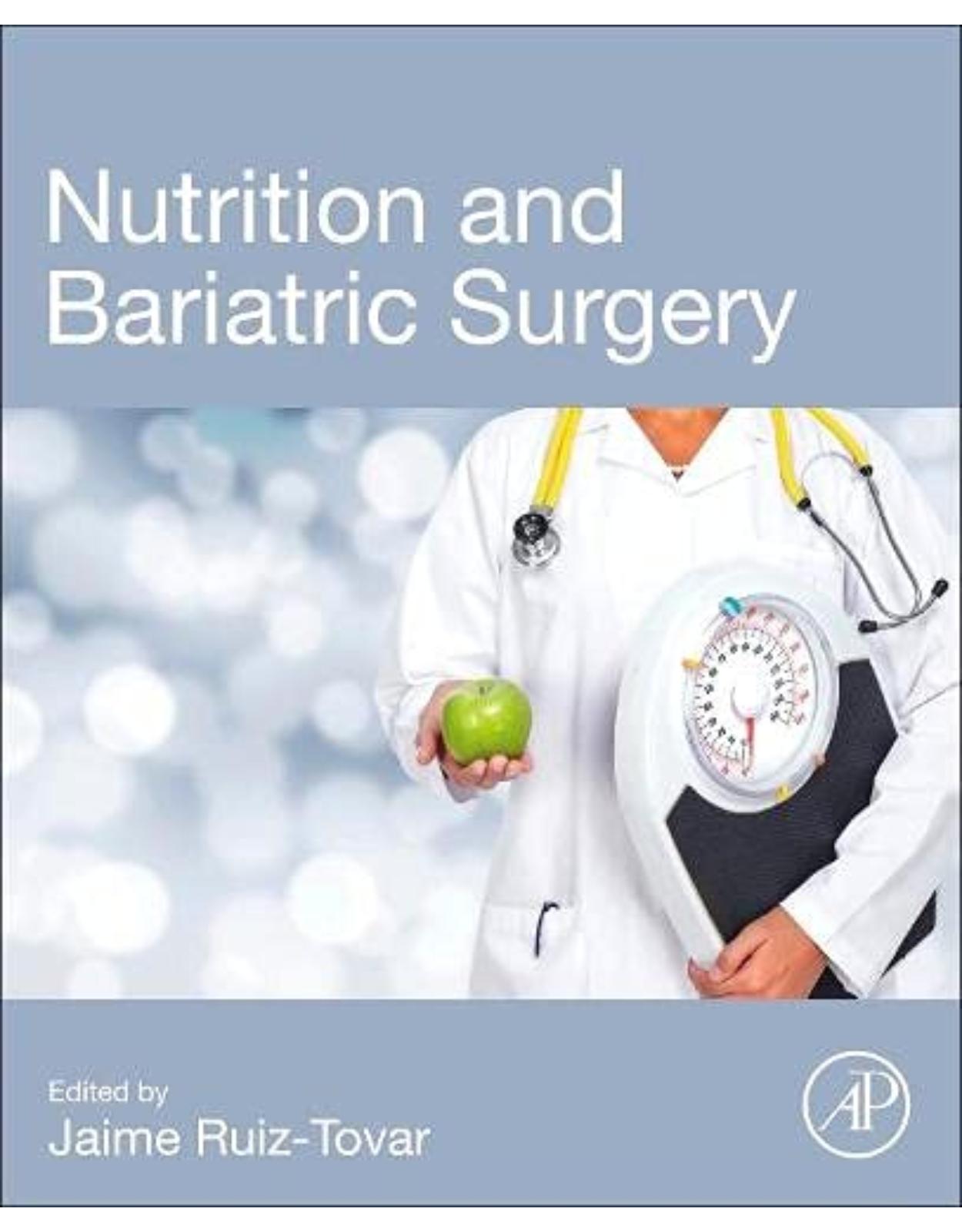
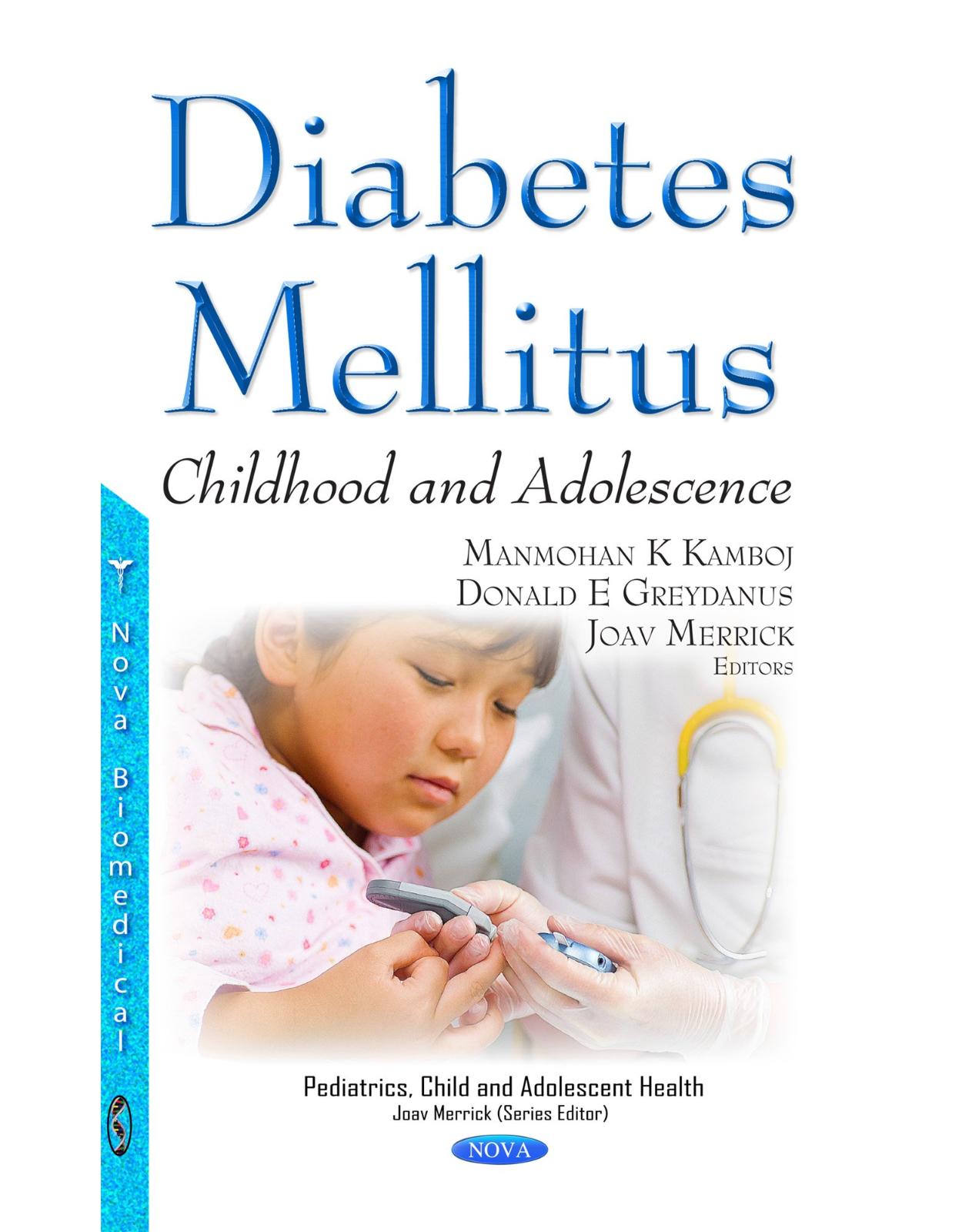
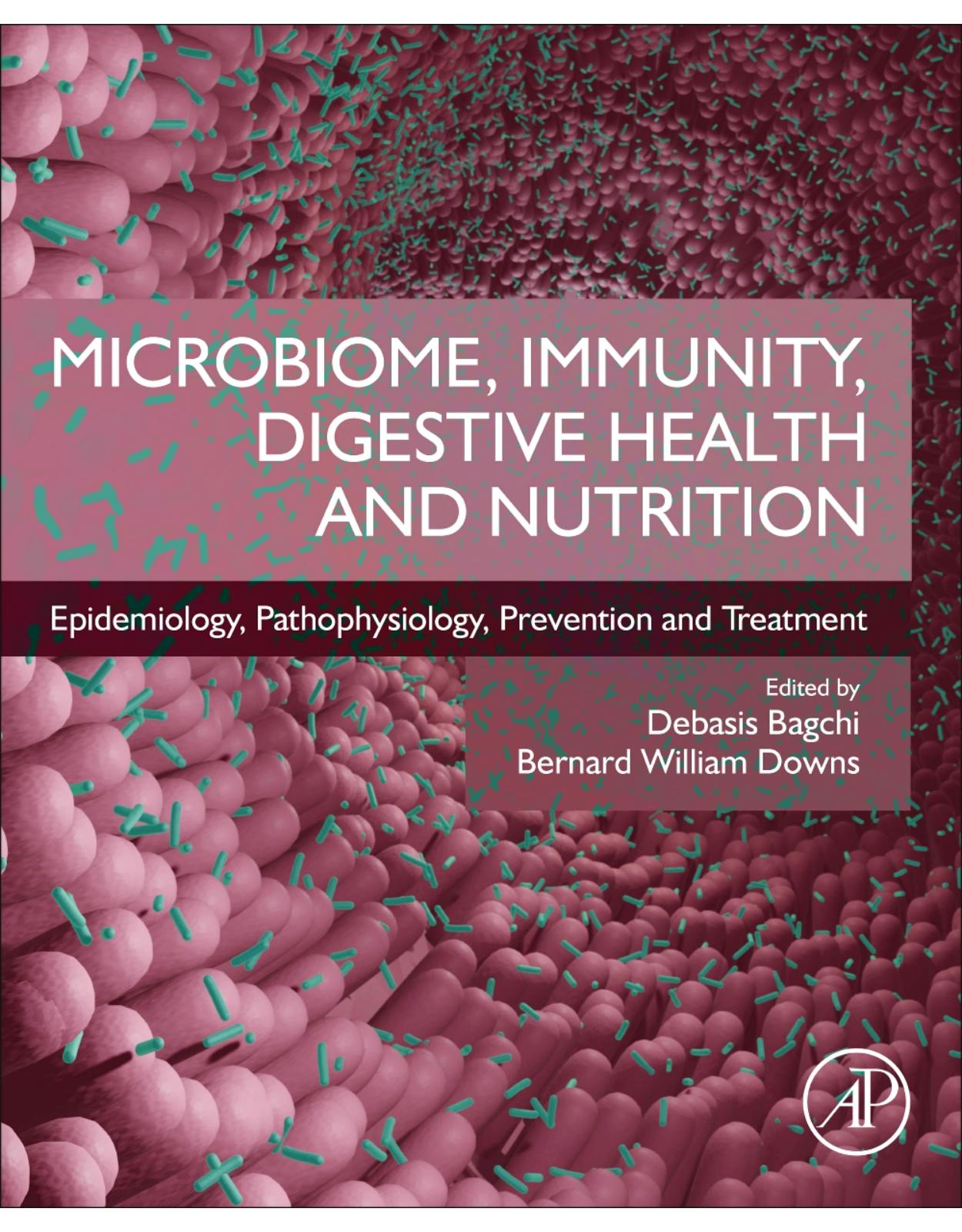
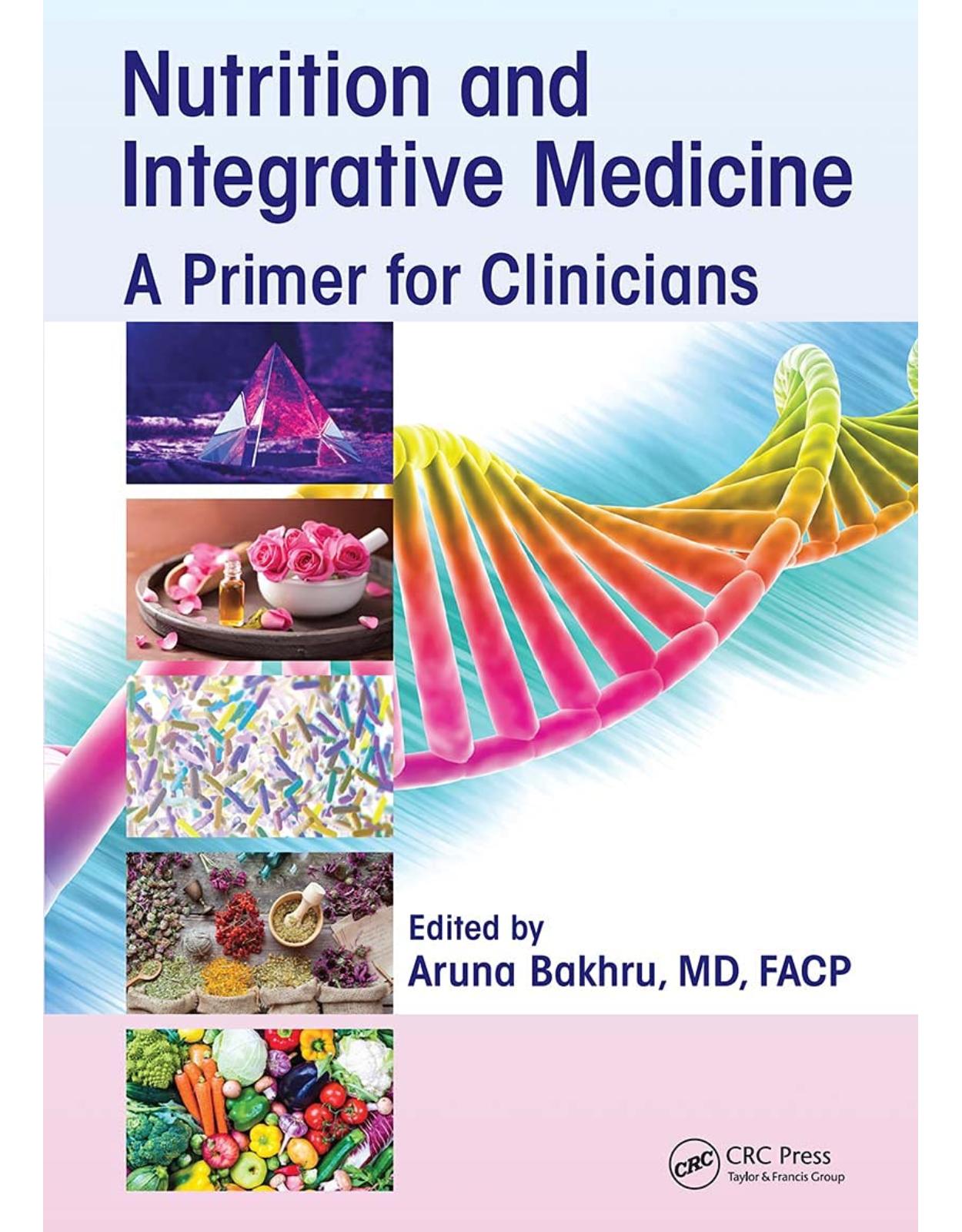
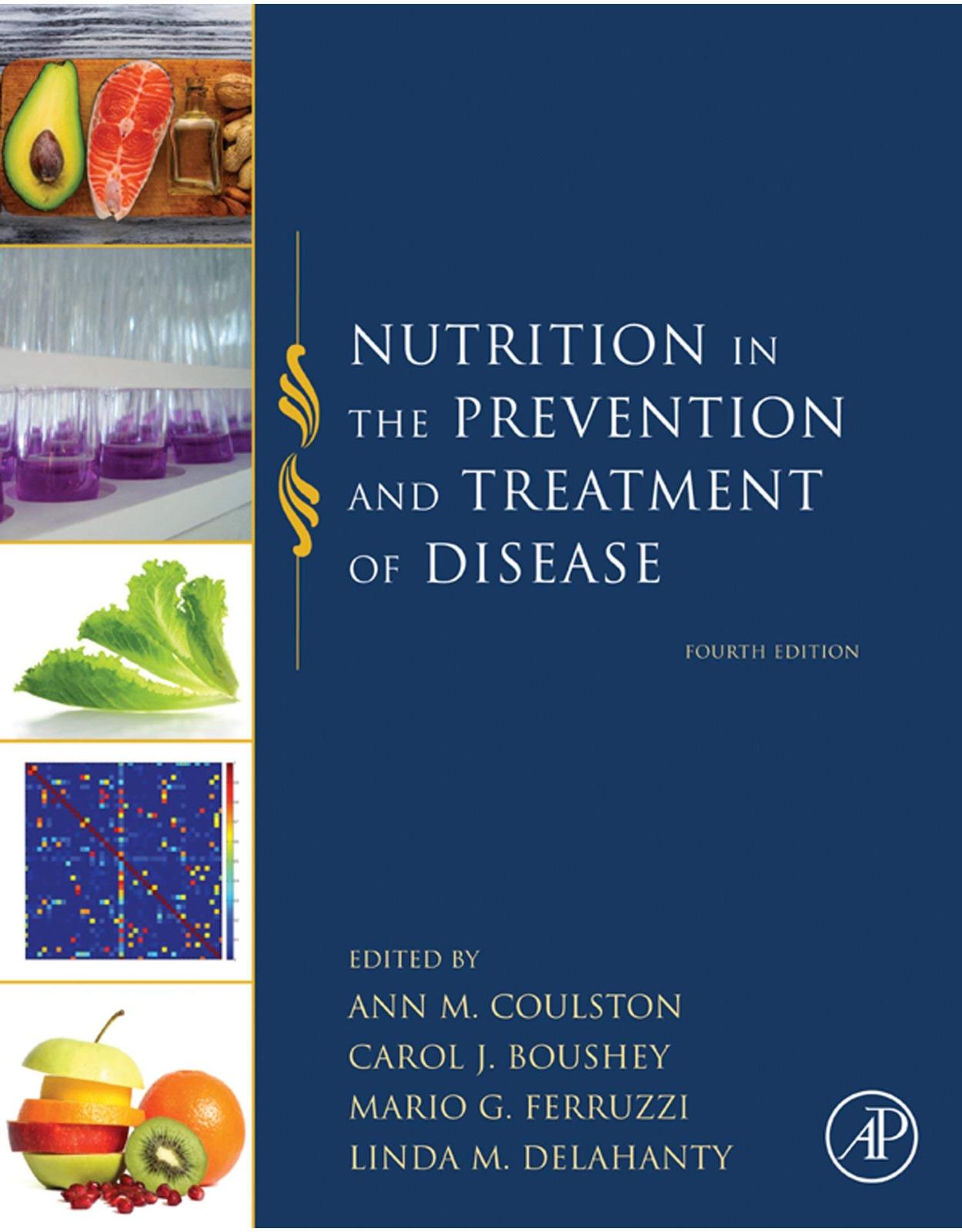


Clientii ebookshop.ro nu au adaugat inca opinii pentru acest produs. Fii primul care adauga o parere, folosind formularul de mai jos.